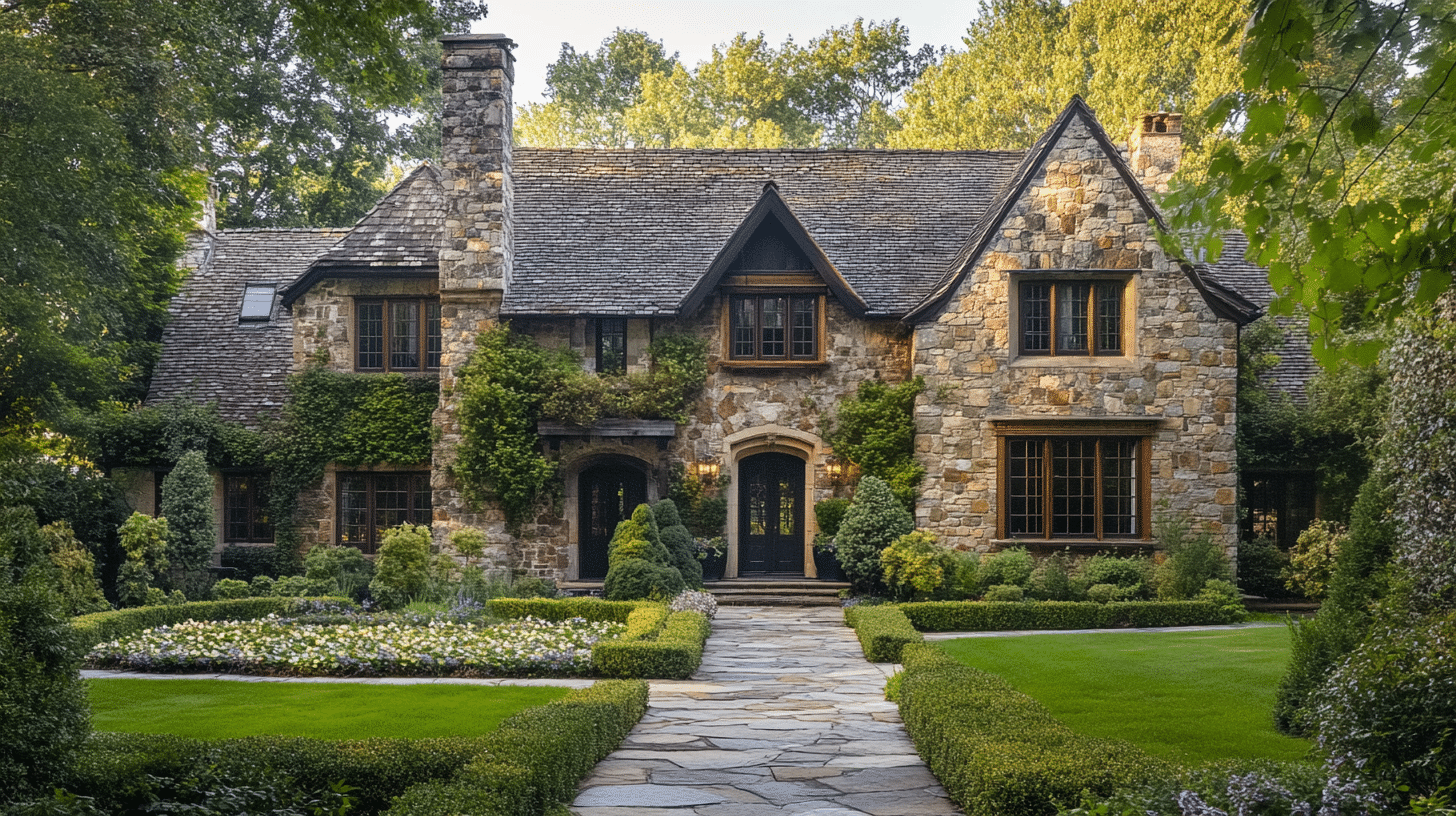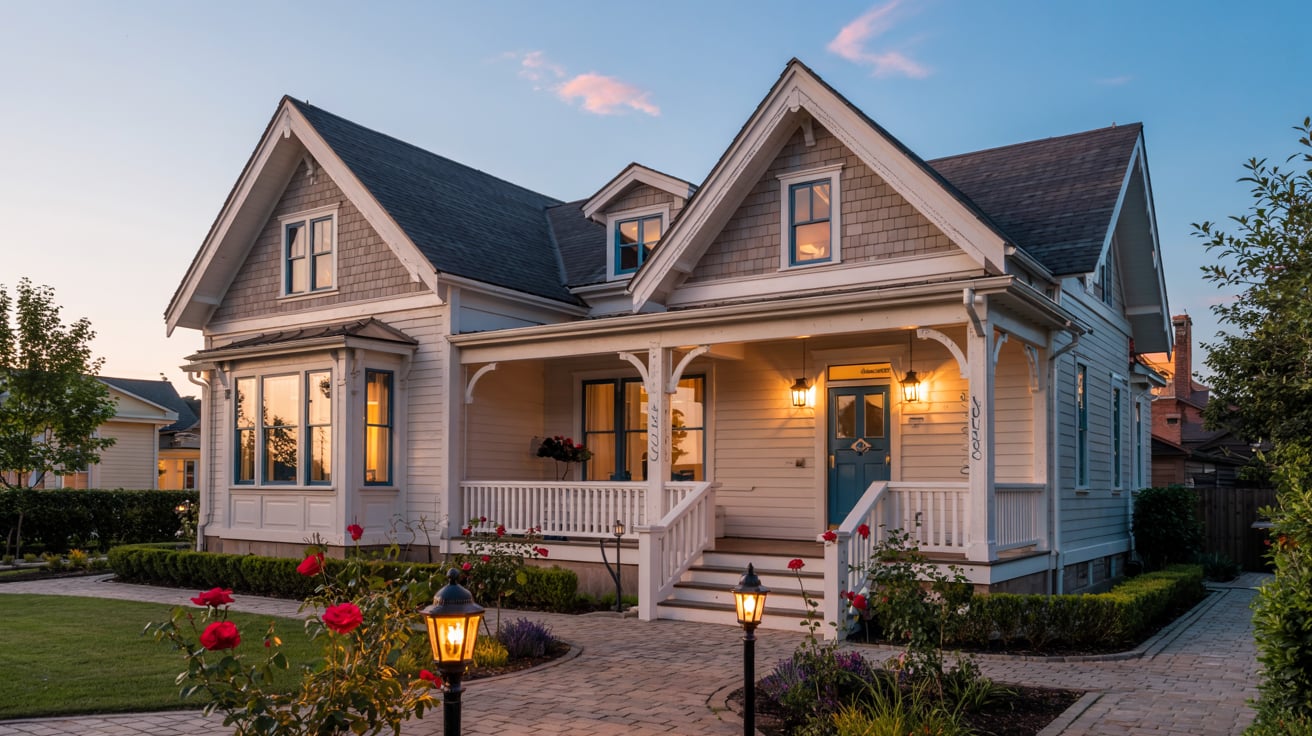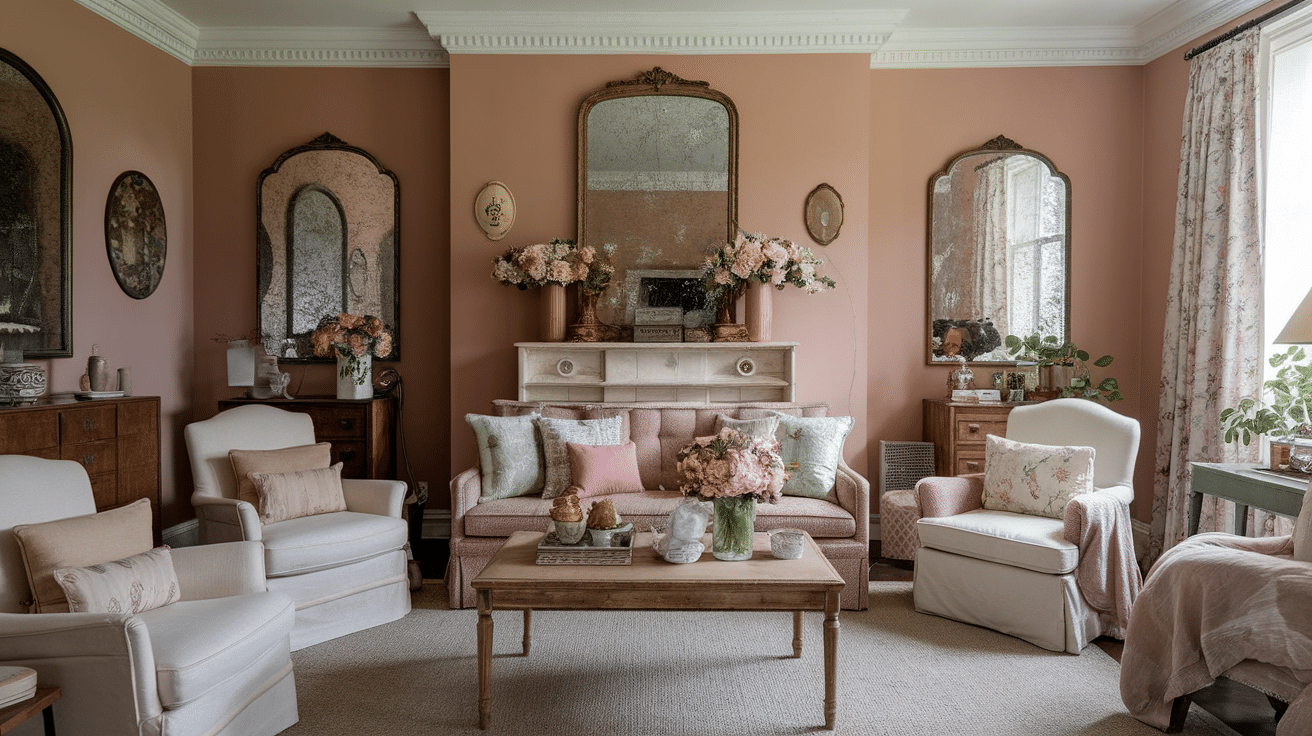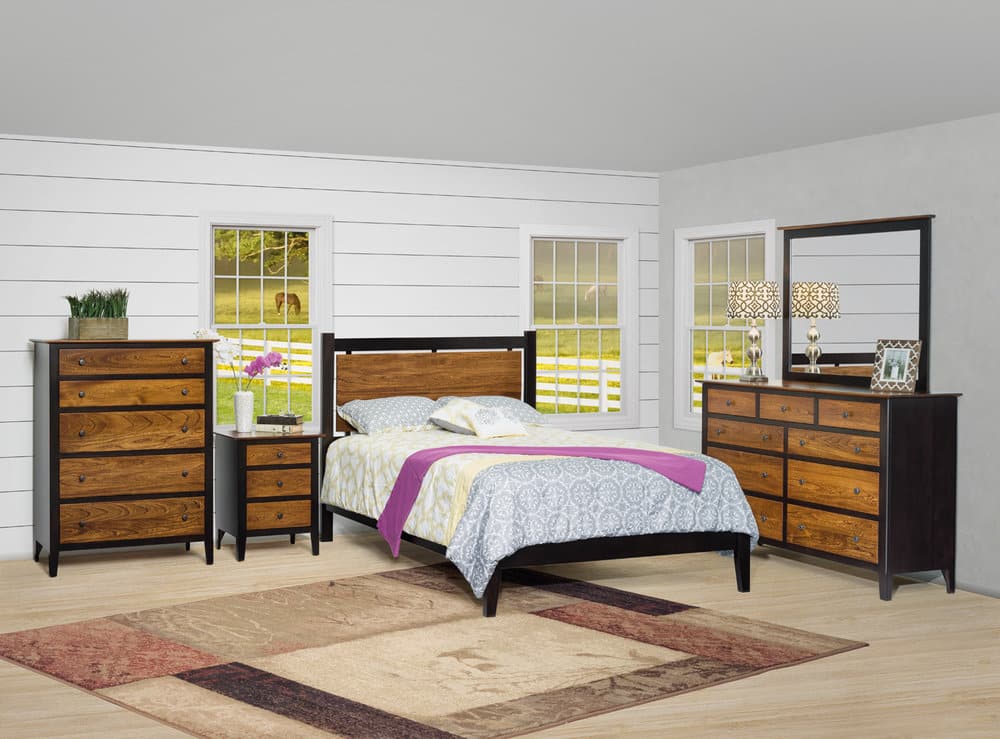Achieving the Perfect English Cottage Exterior: A Complete Guide
Want to bring old-world warmth to your home? English cottage style offers a perfect blend of comfort and beauty that never goes out of style.
With their steep roofs, natural materials, and welcoming gardens, these homes create the comfort that many homeowners seek today.
More people choose cottage-style homes as they move from large spaces to smaller, more thoughtful designs. This style works well for new builds and renovations, combining traditional looks with modern comforts.
Each feature adds to the home’s genuine character, from cozy arched doorways to flower-filled window boxes.
In this guide, we’ll walk through the key elements that make English cottages special and show you how to bring this beloved style to your home.
Understanding English Cottage Exteriors
Historical Background
English cottages began as simple homes for farm workers and craftspeople in medieval times. These buildings used materials found nearby, creating different styles across Britain’s regions.
Over time, these practical homes became sought-after for their charm and connection to nature.
Key Characteristics
The main features include steep roofs, front-facing gables, and natural building materials like stone and brick.
These homes stand out with their smaller size and simple design elements. Colors often include warm whites, earth tones, and rich blues for doors and shutters.
Essential Architectural Features
1. Roof Styles
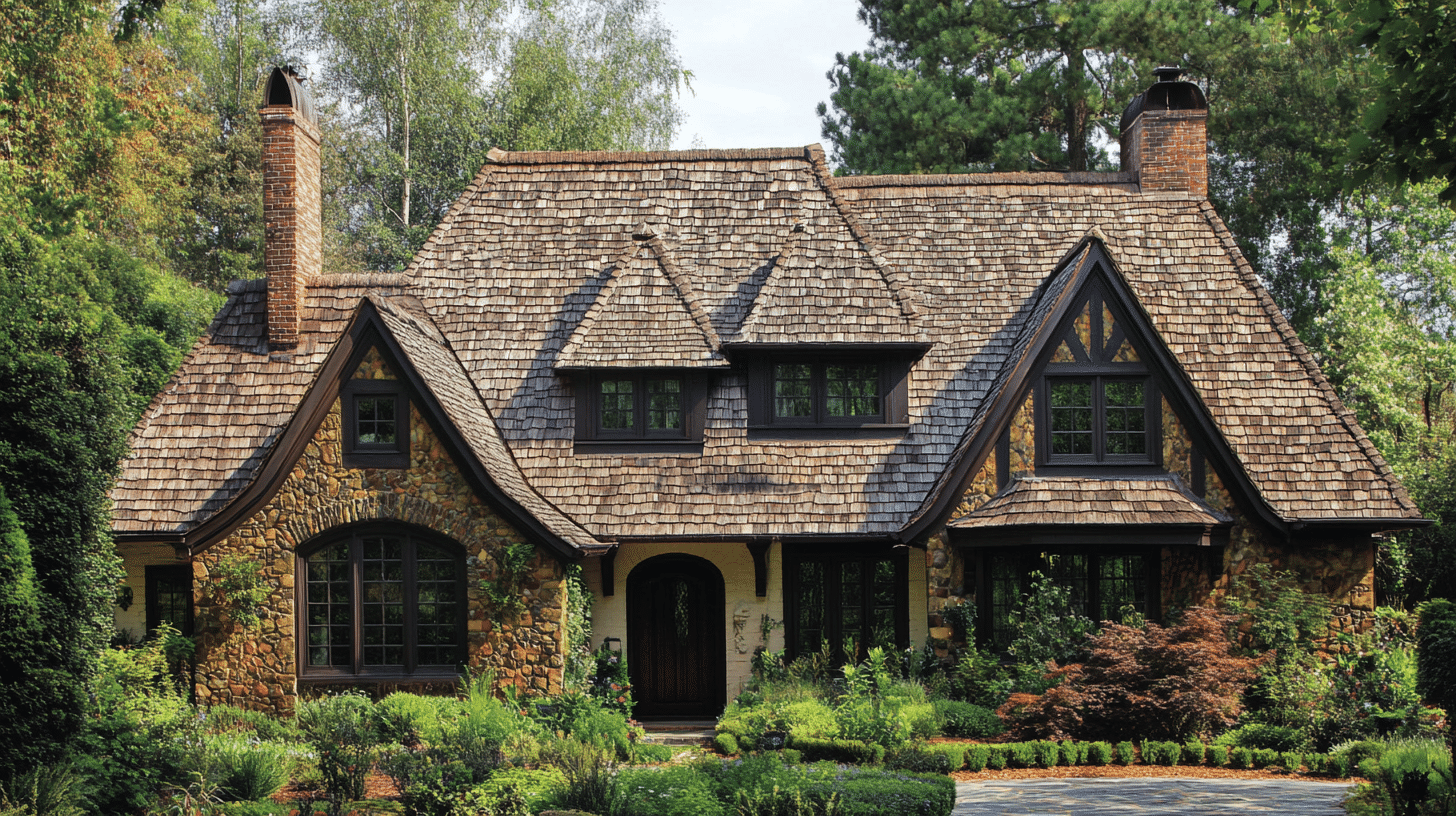
The roof makes a cottage distinctive. Most have steep pitches between 12/12 and 16/12, with one or two front gables.
Dormer windows add space and light while keeping the home’s character. Traditional thatched roofs use water reed or straw, creating rounded edges and notable patterns at the top.
2. Facade Details
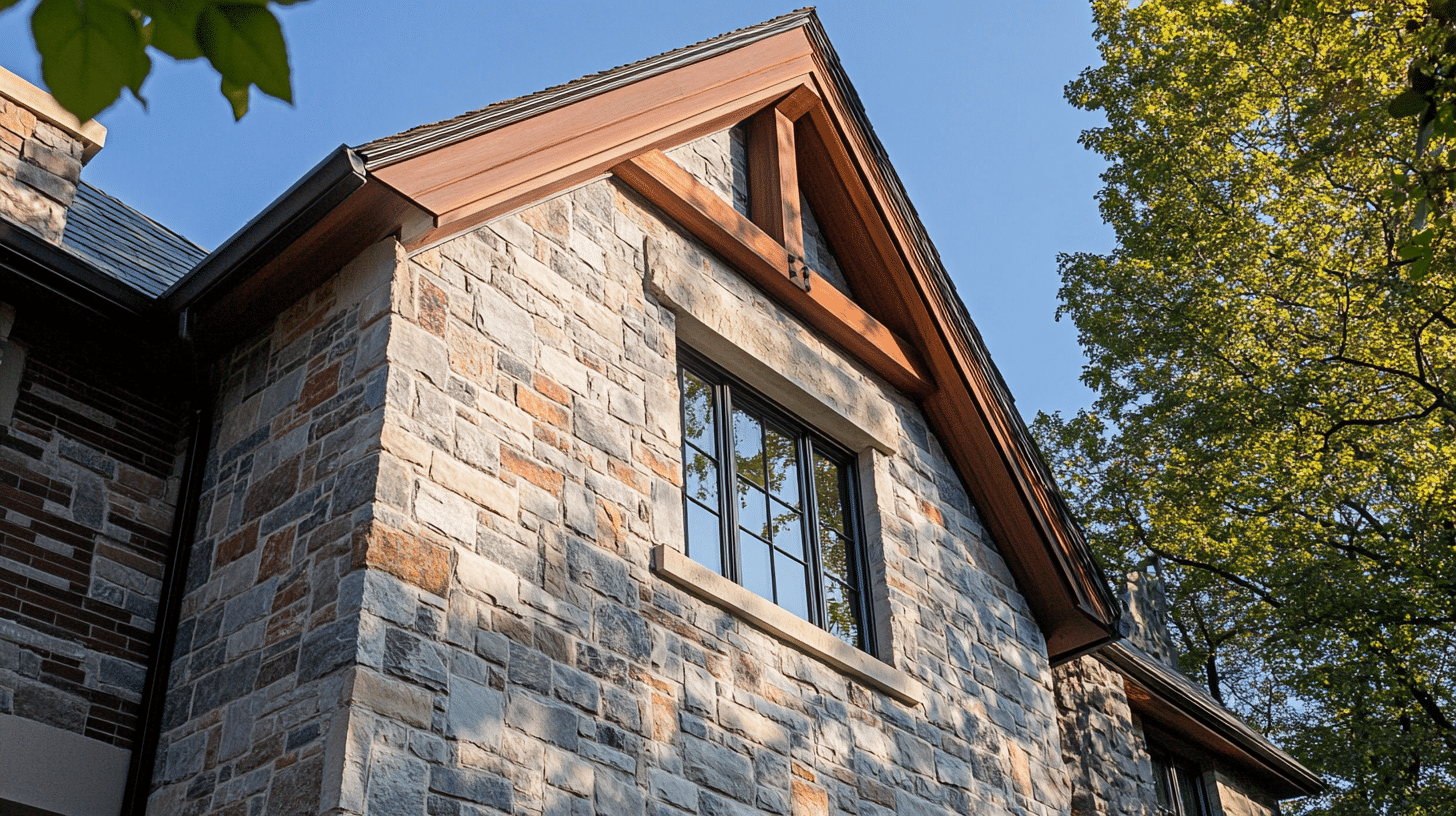
Walls tell stories through their construction. You might see mixed stone and brick, sometimes with timber frames showing.
The stonework often follows natural patterns, while brickwork can include special designs like herringbone patterns.
3. Windows and Doors
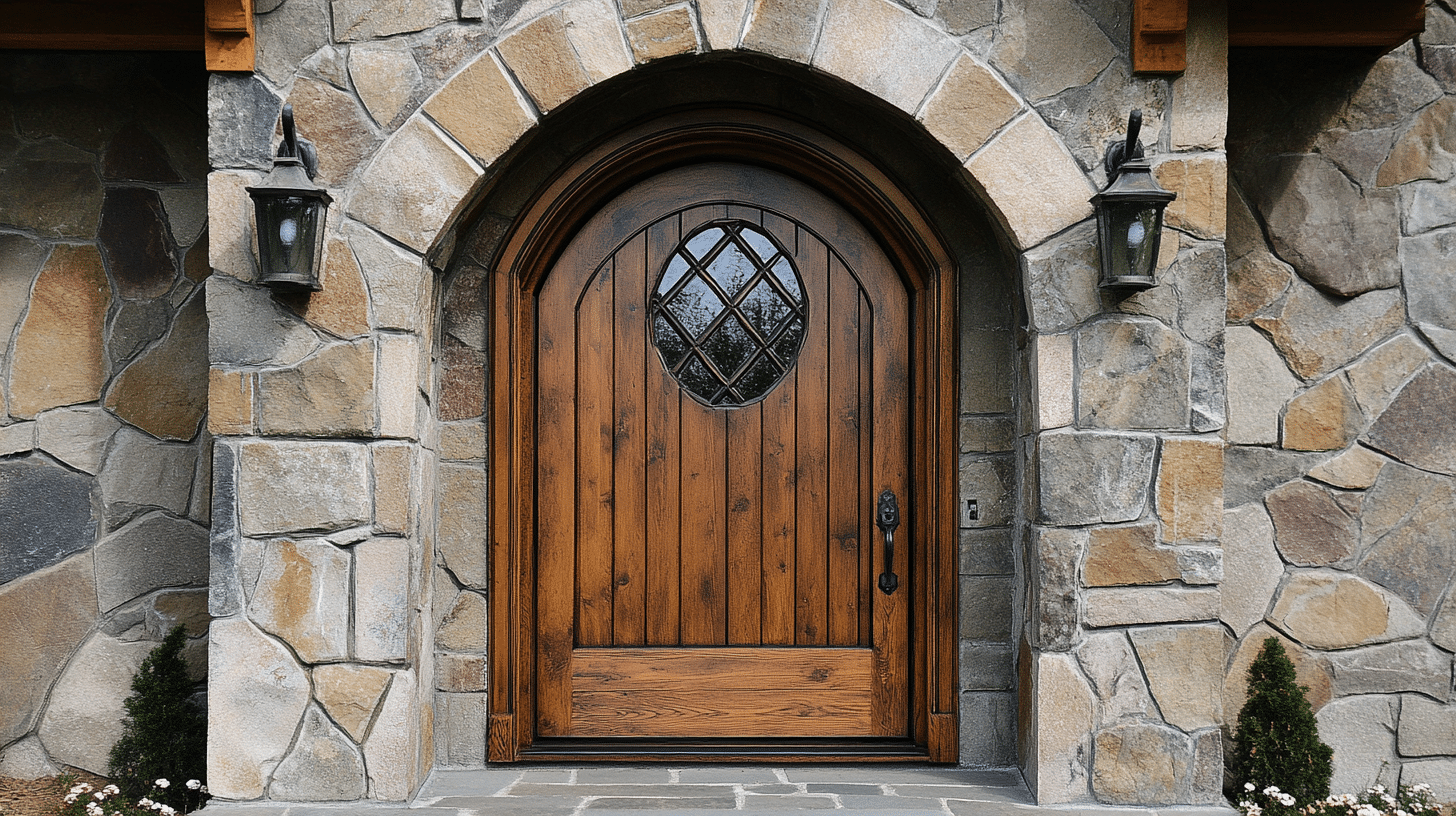
Windows typically have multiple small panes and feature diamond patterns. Doors often come with round or pointed arches made from solid wood with simple iron handles. Both usually sit deep within thick walls.
Incorporating English Cottage Elements
Exterior Materials
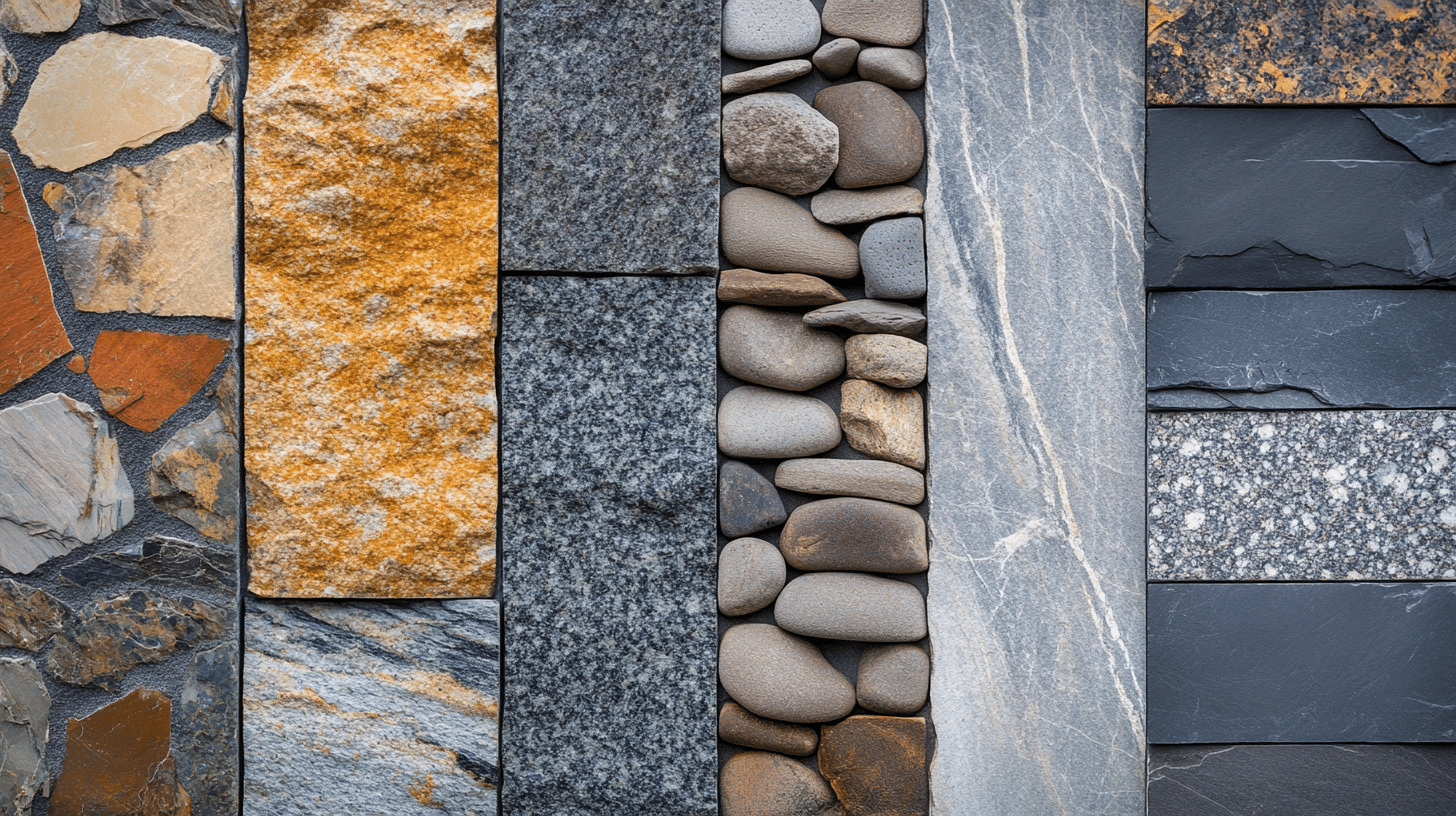
Choose materials that match your area’s natural look. If authentic stone isn’t possible, modern options can create similar effects. The key is picking materials that work well together and look like they belong.
Color Schemes
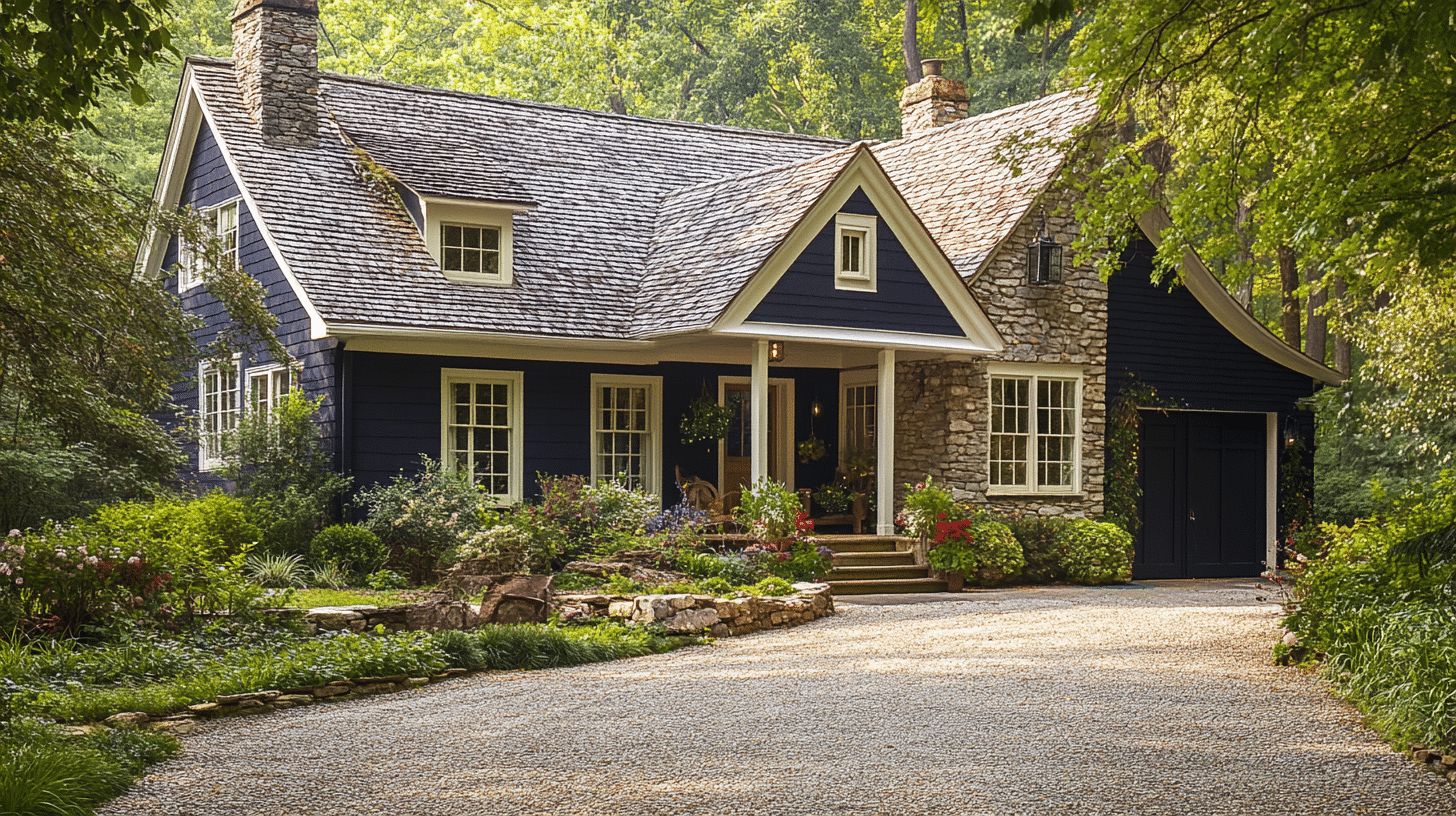
Pick natural colors: soft whites, stone grays, and warm browns—paint doors in deeper colors like navy or forest green. Make sure to use good-quality paint that lasts against the weather.
Modern Interpretations
Blending Traditional and Contemporary
Add current features while keeping old-style charm. Examples show how to include better windows and doors without losing the cottage look. Smart design choices help merge old and new styles successfully.
Sustainable Practices
Use materials that help save energy and last longer. Modern insulation and windows can make cottages more comfortable while keeping their traditional appearance.
Landscaping and Outdoor Spaces
Cottage Gardens
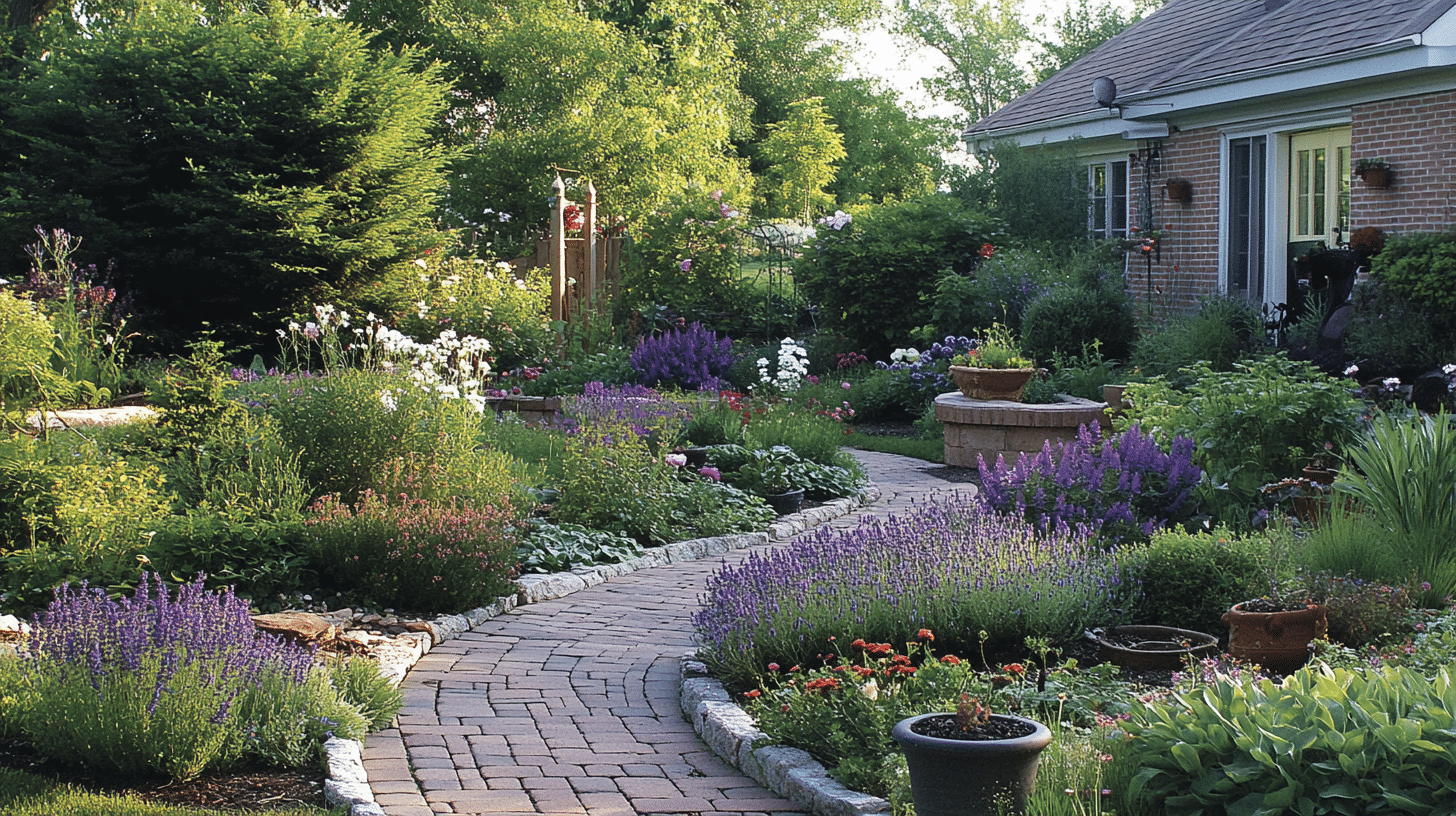
Plant roses, lavender, and climbing plants near walls. Create garden beds with curves rather than straight lines. Mix flowers, herbs, and small shrubs for a natural look.
Pathways and Fencing
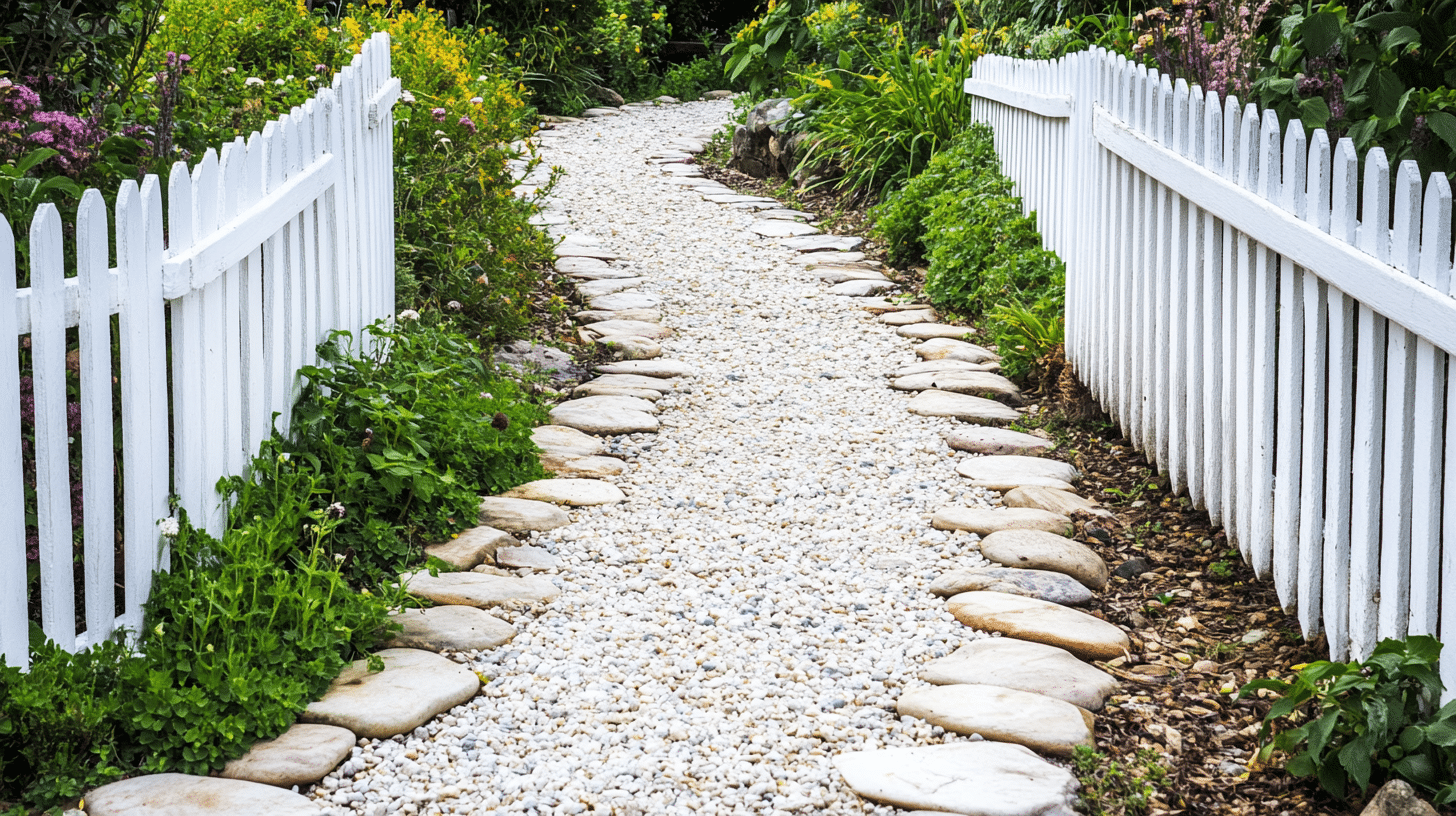
Use gravel or stone paths that curve toward the door. White picket fences or rustic gates add charm without looking too formal.
DIY Projects and Quick Improvements
1. Adding Shutters and Window Boxes
Install real, working shutters sized to match your windows. Add window boxes filled with colorful plants to bring life to plain walls.
2. Decor Accents
Place lanterns near doors and along paths. Use simple iron hardware on doors and gates. Add house numbers and signs that match the cottage style.
3. Simple Landscaping Projects
Start a small flower bed near the entrance. Put up a trellis for climbing plants. These quick projects can make big changes in how your home looks.
Restoring and Maintaining Historical Accuracy
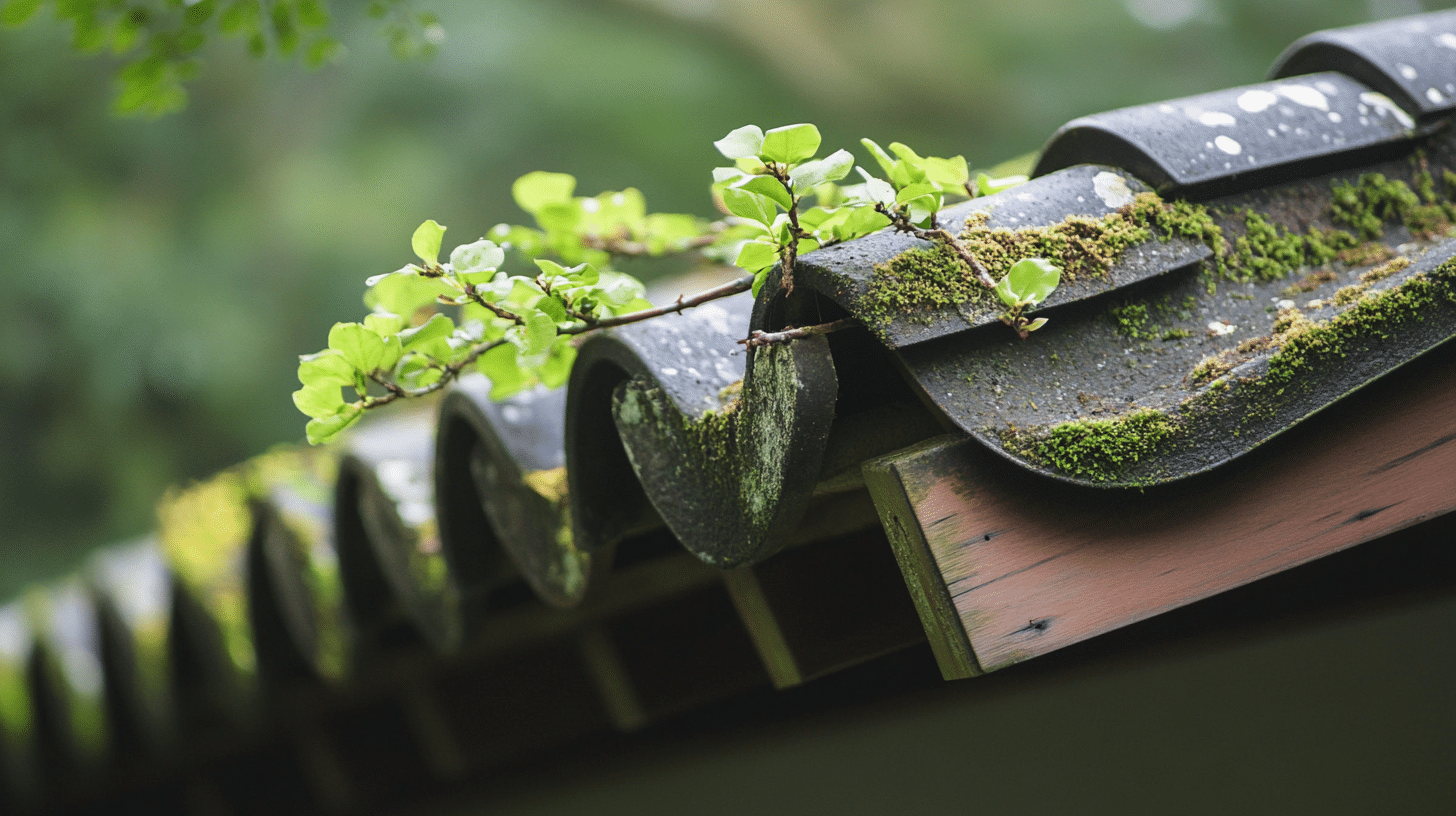
Techniques for Restoring Original Features
Look for materials that match the original ones used in your home. Learn proper ways to fix old stone and wood without changing their character.
Regular Maintenance Tips
Check roofs and walls regularly, especially before winter. Clean gutters and fix small problems before they grow bigger. Paint or seal wood to protect it.
Enhancing Curb Appeal
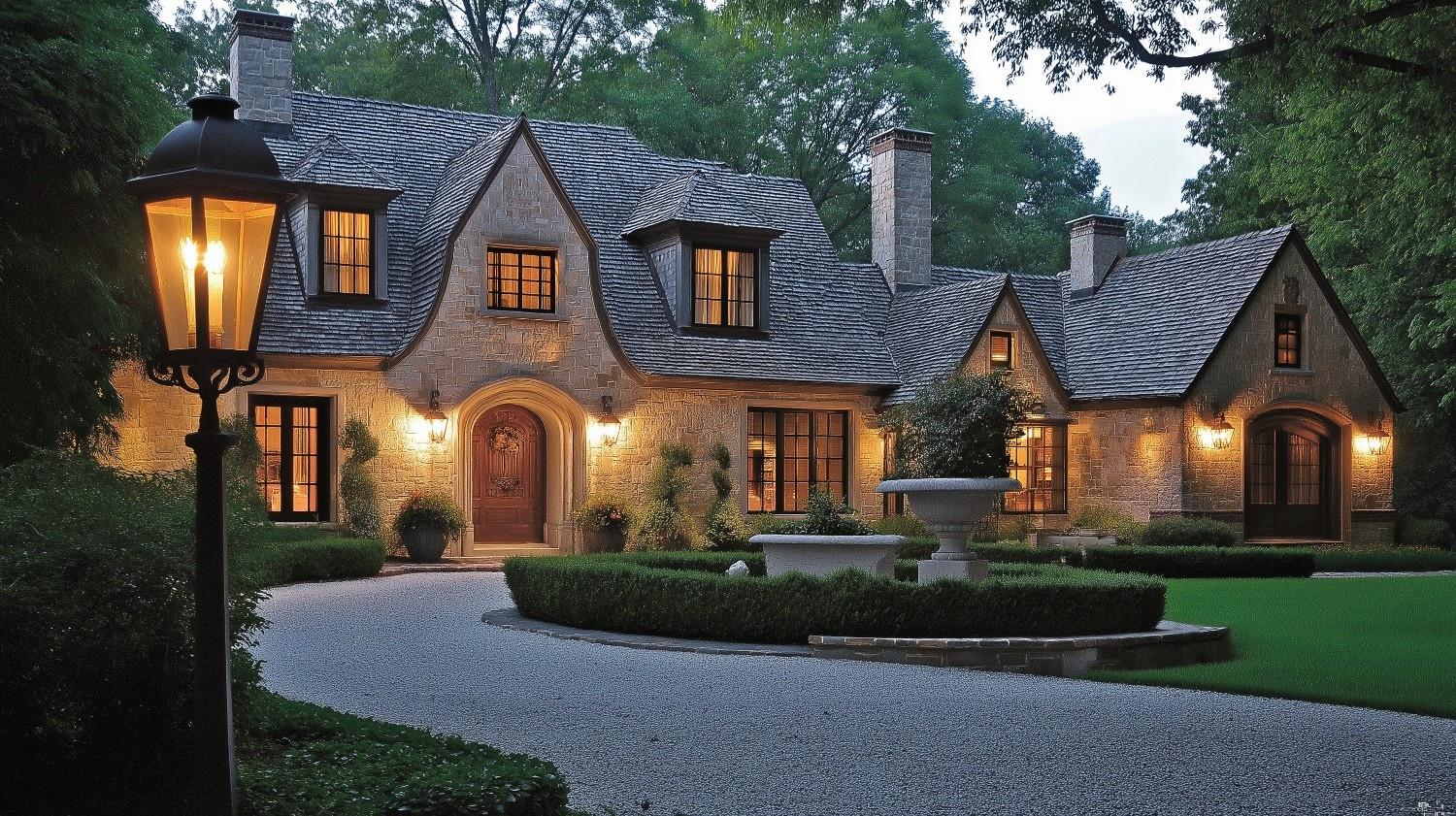
Lighting Solutions
Use wall lights that resemble old lanterns. Place them to show off your home’s special features at night.
Entranceway Styling
Add comfortable seating to your porch. Choose door knockers and handles that look like they’ve always been there. Keep decorations simple but welcoming.
The beauty of English cottage style comes from its honest use of materials and simple design choices.
By following these guidelines, you can create a home that feels traditional and comfortable for modern living.
Fun Facts About English Cottage Design
Here are some interesting, fun facts about English cottage design:
- The Name’s Origin: The word “cottage” comes from “cotter” – medieval farmers who lived in these small houses in exchange for working the lord’s land.
- Smart Thatching: Traditional thatched roofs made from water reed can last 60+ years. The top ridge needs replacing every 8-10 years, which is why many cottages have that special pattern at the peak.
- Window Tax History: Many old English cottages have few windows because of a tax on windows between 1696 and 1851. This is where we get the saying “daylight robbery”!
- Local Colors: The colors of old cottages often tell you where they were built. Cottages near ochre quarries are yellowish, while those in iron-rich areas have reddish stones.
- Garden Science: Those climbing roses and ivy on cottage walls don’t just look pretty – they help keep homes cooler in summer and warmer in winter by creating a natural insulation layer.
- Chimney Placement: The large chimneys weren’t just for looks – they were often built into the center of the house to help heat multiple rooms and keep the thatched roof dry.
- Door Design: The typical cottage door was split horizontally (Dutch door) to let in fresh air while keeping farm animals out of the house.
- Stone Stories: Many cottage walls use random-sized stones because builders used whatever they could find locally. This created unique patterns that became part of the style.
- Smart Flowers: Window boxes weren’t just decorative – herbs planted in them helped keep insects away from the house and provided fresh seasonings for cooking.
- Building Methods: Some cottage walls are crooked on purpose! Builders made one side slightly higher to help rainwater run off the roof more effectively.
Final Words
The English cottage style combines natural beauty, skilled craftsmanship, and timeless design. Stone walls, steep roofs, and blooming gardens create homes that feel grounded and inviting.
These houses prove that good design doesn’t need to be big or complex to be beautiful. Starting your cottage-style project might seem like a big task, but you can begin with small steps.
Maybe you’ll add window boxes filled with flowers, paint your front door a rich color, or plant a simple garden along your walkway. Each change brings you closer to creating that cozy cottage look.
Remember, the best part about cottage style is that it gets better with time. As your garden grows and materials age naturally, your home will develop its unique character.
Frequently Asked Questions (FAQs)
How Does English Cottage Differ From French Cottage Style?
English cottage style features asymmetrical designs and thatched roofs, while French cottage (Provencal) style includes stucco walls and tiled roofs.
How Can I Make My Home’s Exterior Look Like a Cottage?
Combine elements like stone or brick materials, gabled roofs, and a cottage garden with climbing ivy and roses.
What Is the Difference Between English Cottage and Farmhouse Style?
English cottage style is quaint with ornate details, while the farmhouse style is more rustic and focuses on functionality and simplicity.

